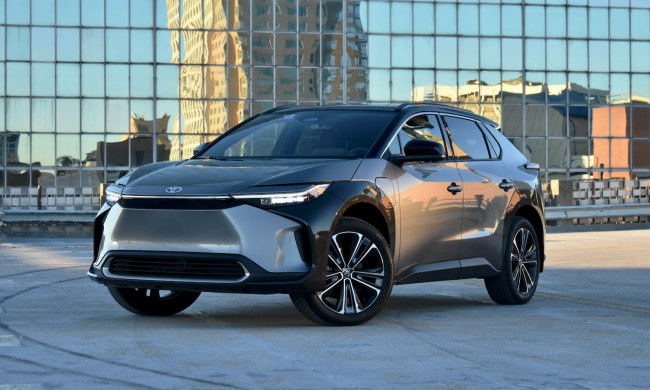Scientists this week published details on a new wearable wristband designed to monitor and treat diabetes. Developed by a team of scientists working in South Korea, Massachusetts, and Texas, the see-through cuff is comprised of graphene, small quantities of gold and thermo-responsive micro-needles filled with metformin, a drug that kick-starts the production of insulin by the patient’s pancreas.
Scientists in making the band use graphene, a unique form of carbon with electrochemical properties, and a flexible matrix that makes it ideal for use in a medical sensor. The graphene is mixed with a small amount of gold and a gold mesh to improve its ability to detect electrochemical changes. The stretchable patch contains a heater, temperature, humidity, glucose, and pH sensors to monitor blood glucose levels. It also is equipped with microneedles that are thermally activated to deliver diabetes drugs such as metformin subcutaneously.
When contacting the skin, the wristband estimates the blood glucose level using sensors that detect the chemical composition of the patient’s sweat and monitor the temperature of the skin. There is approximately a 15 to 20-minute lag in glucose detection because it takes time for the composition of the sweat to change in response to fluctuations in blood glucose. As a result, the band would be best suited for type 2 diabetics who don’t require up-to-the-minute monitoring.
In animal trials, the researchers showed that the patch can be thermally activated to deliver Metformin and normalize blood glucose levels in diabetic mice. Though it worked effectively on mice, however, the current system may not scale well to human patients. The microneedles deliver only a small dose of metformin, making the system less useful for persons who require a larger dose of the drug.
“With the present design, it seems extremely unlikely that the daily adult dose of metformin can be delivered without an unfeasibly large number of microneedles and/or an unacceptably large patch,” said pharmacology researcher Richard Gu from the University of Bath. The band also does not correct the problem of low blood glucose, which often can happen when too larger of a dose of metformin is administered.



